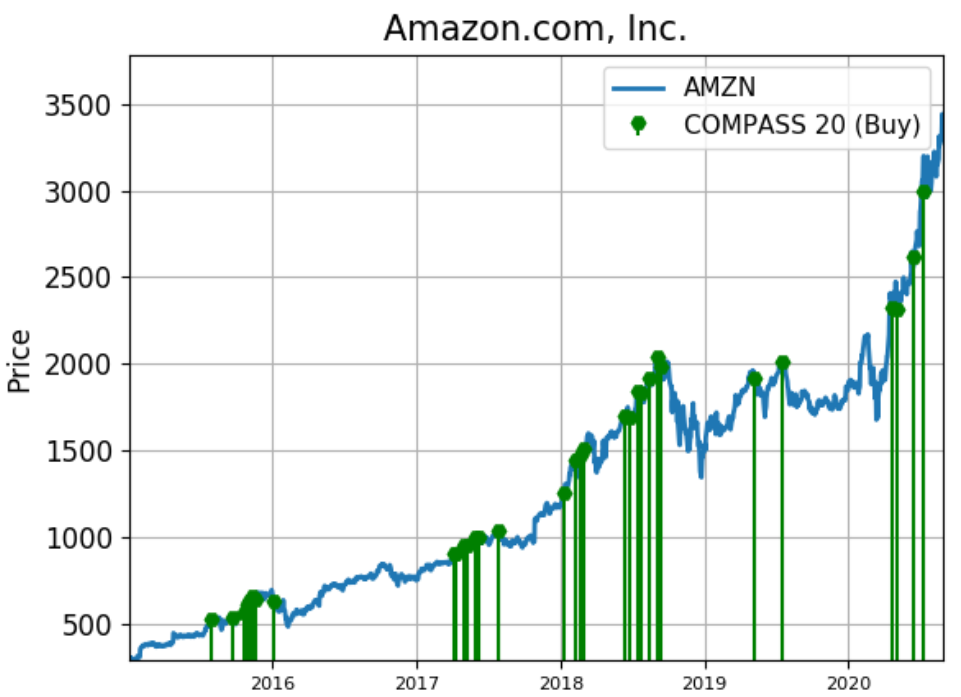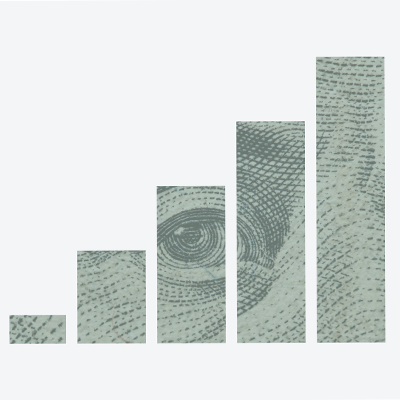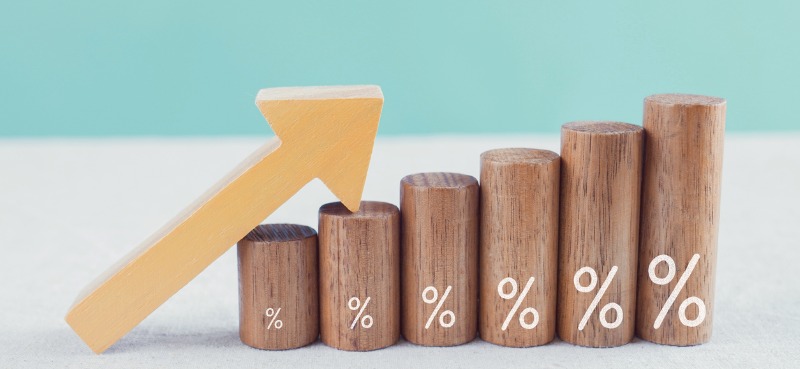How do you make a small fortune in day trading?
Start with a large one.
Most new stock investors are captivated by the allure of quick riches. But, as sad as it may be, most of them soon find out the inevitable truth: Day trading is gambling… which means, in the long term, it’s a losing game.
When I first moved to New York City, I landed a seat at a day trading house. It was similar to a paid internship. We were a group of 40 new hires, all from different walks of life.
Some had studied at Ivy League schools, while others were from blue-collar areas. The purpose was to bring in young people with barely any knowledge of finance and teach them to day trade. We were paid to learn, with the hopes of becoming profitable traders.
But over time it became clear: Very few could outsmart the market’s moves with much consistency. Week after week, we’d look over our “report cards” and learn our strengths and weaknesses. Some would hold losers too long. Others would trade best before 10 a.m.
My goal was to let my winners run and cut my losers short…
But day trading doesn’t allow you to hold risk overnight.
Many of the stocks I was forced to close the day before would be up in value the next morning. It seemed like some stocks just kept heading higher week after week, and many moves happened outside of trading hours.
About a year later, I landed my next seat at an institutional trading desk. We’d literally move stocks up and down all day because of the Big Money behind the orders we handled.
Eventually, I began to notice that charts weren’t random; rather, they mostly moved thanks to Big Money trading accounts.
That’s when it all began to click…
The real money is made by holding… not trading
I got an inside look at how some of the smartest hedge funds on Earth would invest and trade their money. The best ones bought up stocks and held them.
Some of my clients at the time (portfolio managers) weren’t interested in the quick chop. They wanted to make very big returns. And the way to make them wasn’t by day trading in and out—it was by holding.
The top-performing of my clients narrowed their aim to stocks that were a cut above the rest. I call these names “outliers.” They’re the best of the best at what they do. Over the years, many of these stocks have gone on to become household names (think Apple and Amazon).
All outliers have a few things in common:
- They have solid business models…
- They’re very profitable…
- And institutions constantly buy the shares.
Eventually, I took all of this real-world experience and created a way to capture Big Money investing in stocks. My business partner and I started a firm, MAPsignals, to specialize in uncovering these types of companies.
Here’s what Amazon looks like from the lens of Big Money. Pay attention to the green bars—these represent days of Big Money inflows into the stock…

That’s a lot of green signals. Big Money tends to flock to outliers.
All of this is to say, if you want to make a fortune in the markets, here’s how to do it:
- Don’t gamble for a quick buck—invest and make a big buck.
- It’s all about what you invest in. Find outlier stocks—the 4% of stocks that make the most gains.
- Choose well, diversify, and sit back.
- Hold.
- Wait.
- Work on your golf game or hobby.
- Look every now and then as they rise more than fall.
- Wait some more…
The secret of making a large fortune is simple… but it requires patience.
The impatient end up turning a large fortune one into a small one… or just going bust.
Be patient and win.
Editor’s note: Big Money names like Buffett and Dalio know the secrets of making a fortune in the markets… which is why, for the last several months, they’ve been quietly pouring money into a small pool of income-generating assets set to explode in this zero-rate economy.
In our advisory, Unlimited Income, written by the brilliant Genia Turanova, you’ll learn how to use this asset class to turn a small fortune into a large one…






















